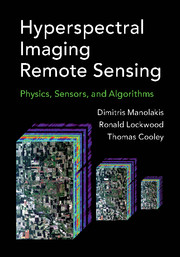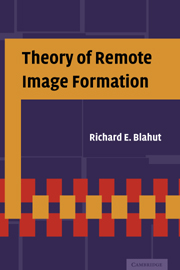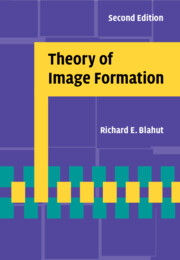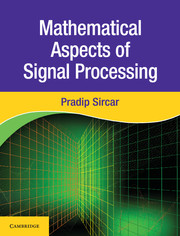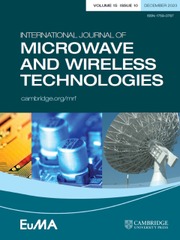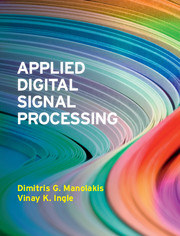Hyperspectral Imaging Remote Sensing
A practical and self-contained guide to the principles, techniques, models and tools of imaging spectroscopy. Bringing together material from essential physics and digital signal processing, it covers key topics such as sensor design and calibration, atmospheric inversion and model techniques, and processing and exploitation algorithms. Readers will learn how to apply the main algorithms to practical problems, how to choose the best algorithm for a particular application, and how to process and interpret hyperspectral imaging data. A wealth of additional materials accompany the book online, including example projects and data for students, and problem solutions and viewgraphs for instructors. This is an essential text for senior undergraduate and graduate students looking to learn the fundamentals of imaging spectroscopy, and an invaluable reference for scientists and engineers working in the field.
- A self-contained introductory text covering the principles, techniques, and tools of imaging spectroscopy
- Can be used in both undergraduate and graduate settings, and also as a reference text for practitioners
- Accompanied online by example projects and data for students, and problem solutions and viewgraphs for instructors
Reviews & endorsements
'The authors have done a masterful job of integrating and presenting the diverse subjects that form the foundation of the field of hyperspectral imaging and applications. This comprehensive textbook will clearly become one of the standard references for all who wish to learn about both fundamentals and advanced applications in this important field.' Charles Bachmann, Rochester Institute of Technology, New York
'An extraordinarily comprehensive treatment of hyperspectral remote sensing by three of the field's noted authorities. An indispensable reference for those new to the field and for the seasoned professional.' Ronald G. Resmini, George Mason University, Virginia
'The authors have offered a comprehensive and up-to-date treatment of hyperspectral imaging modalities. A wide readership, including scientists and graduate students involved with spectral imaging modalities, could benefit from this book.' Axel Mainzer Koenig, Optics and Photonics
Product details
October 2016Hardback
9781107083660
706 pages
253 × 180 × 35 mm
1.5kg
391 b/w illus. 16 colour illus. 34 tables
Available
Table of Contents
- 1. Introduction
- 2. The remote sensing environment
- 3. Spectral properties of materials
- 4. Imaging spectrometers
- 5. Imaging spectrometer characterization and data calibration
- 6. Radiative transfer and atmospheric compensation
- 7. Statistical models for spectral data
- 8. Linear spectral transformations
- 9. Spectral mixture analysis
- 10. Signal detection theory
- 11. Hyperspectral data exploitation
- Appendix. Introduction to Gaussian optics.

